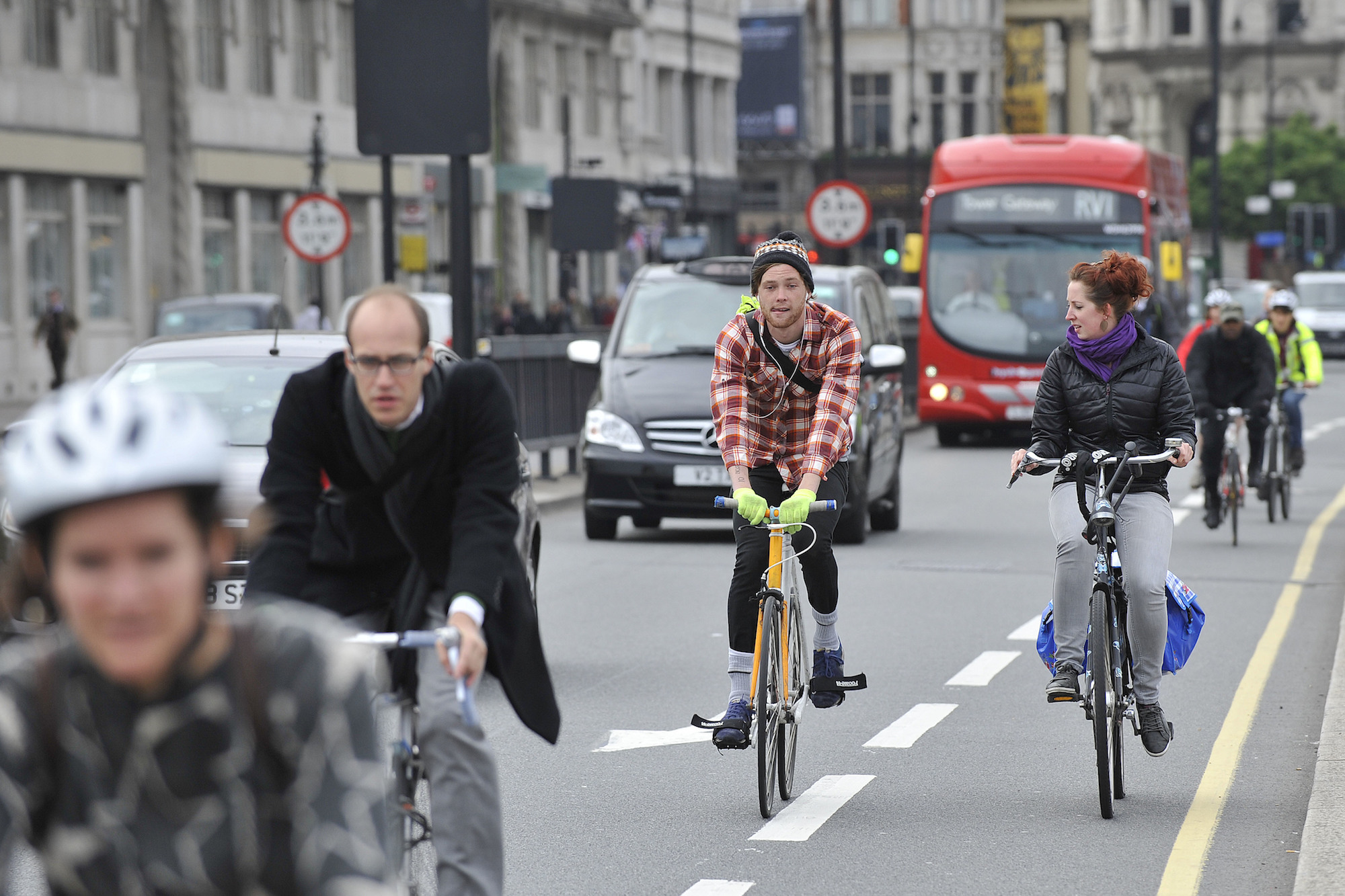Cycling to work might just help you live longer, according to new study
Researchers explored data from 3.5 million people


People who opt to cycle to work reduce their risk of dying, according to new research.
The study, carried out by experts in New Zealand and Australia, found that people who cycled to work had a 13 per cent reduction in mortality, compared to those driving, walking or taking public transport.
Researchers took data from 3.5million people in New Zealand, making it one of the largest ever studies of its kind.
Dr Caroline Shaw, from the Department of Public Health at the University of Otago in New Zealand, said that the “highly representative study” shows the need for an increase in support for people commuting by bike.
The researchers, from the University of Otago, the University of Melbourne and the University of Auckland, took data from the New Zealand Census-Mortality Study to carry out their investigations.
Looking at the 1996, 2001 and 2006 censuses, the experts found that more than 80 per cent of people travelled to work by car, with only five per cent walking and three per cent cycling.
Results from the study, published in the International Journal of Epidemiology, revealed that those who cycle had a 13 per cent reduction in mortality during the study, mostly likely as the result of the health benefits of physical activity.
The latest race content, interviews, features, reviews and expert buying guides, direct to your inbox!
There was no reduction in mortality for people who walked or took public transport to work.
Dr Shaw said: “Increasing cycling for commuting to work in a country with low levels of cycling like New Zealand will require policies directed at both transport and urban planning, such as increasing housing density and implementing cycling networks.”
“We saw no increase in road traffic injury deaths associated with walking and cycling, although the New Zealand transport system at the time of these studies was heavily car-dominated and roads seldom made allowances for pedestrians and cyclists.”
>>> How listening to music can boost your training performance
The study also revealed the gender differences in travelling to work, with two per cent of women cycling compared with four per cent of men, while seven per cent of women walked or jogged compared with five per cent of men.
A higher proportion of younger people cycled, walked or took public transport compared with older people.
Alex Ballinger is editor of BikeBiz magazine, the leading publication for the UK cycle industry, and is the former digital news editor for CyclingWeekly.com. After gaining experience in local newsrooms, national newspapers and in digital journalism, Alex found his calling in cycling, first as a reporter, then as news editor responsible for Cycling Weekly's online news output, and now as the editor of BikeBiz. Since pro cycling first captured his heart during the 2010 Tour de France (specifically the Contador-Schleck battle) Alex covered three Tours de France, multiple editions of the Tour of Britain, and the World Championships, while both writing and video presenting for Cycling Weekly. He also specialises in fitness writing, often throwing himself into the deep end to help readers improve their own power numbers. Away from the desk, Alex can be found racing time trials, riding BMX and mountain bikes, or exploring off-road on his gravel bike. He’s also an avid gamer, and can usually be found buried in an eclectic selection of books.
